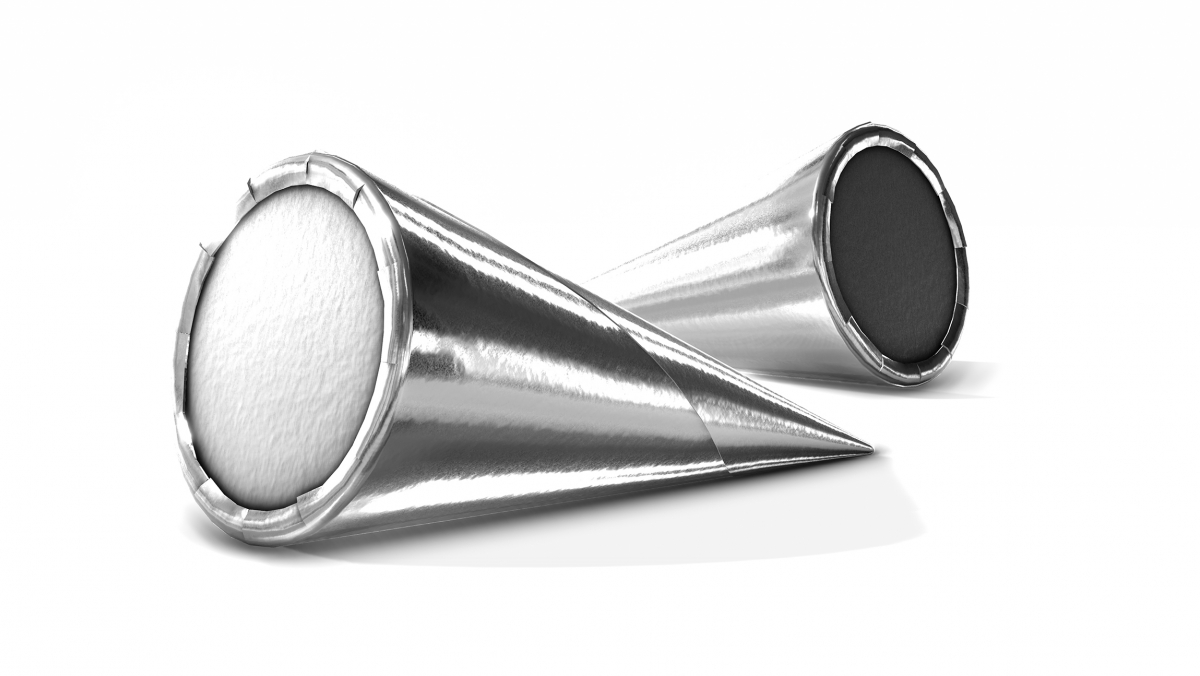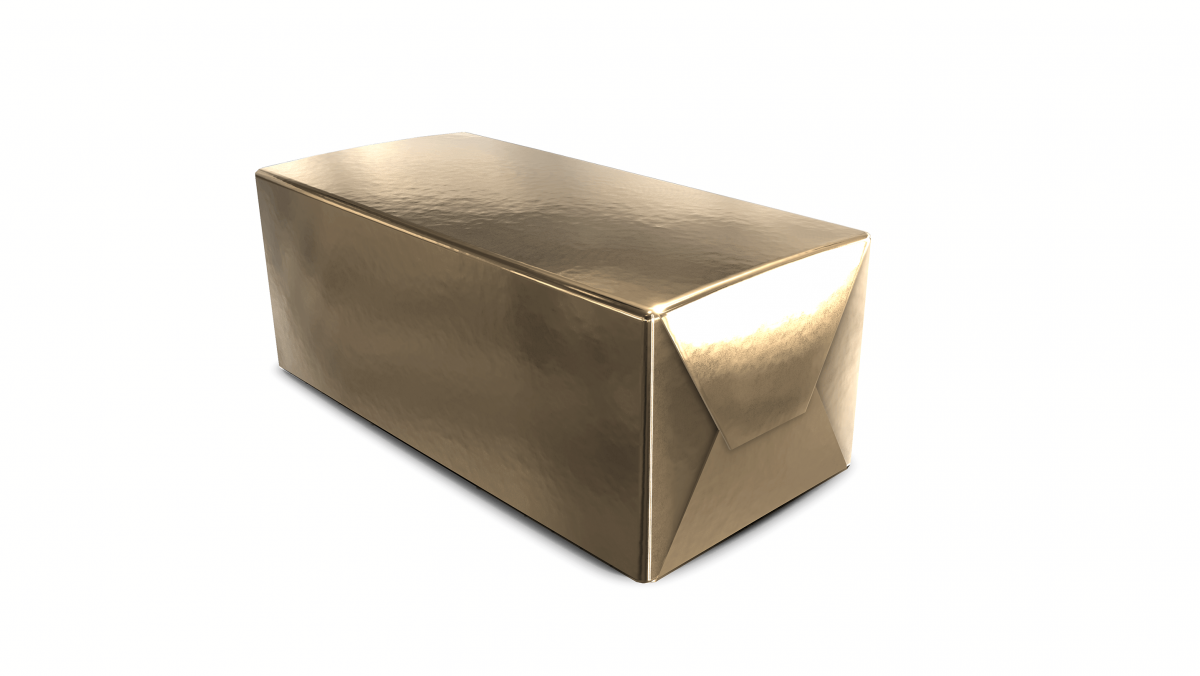Using metallized papers for food packaging applications
We explore the some of the requirements of paper-based food packaging, as well as some of the processes we follow to enhance the performance of metallized papers for food packaging applications.
Food packaging: barrier properties
Barrier properties are a crucial element of food packaging. Inadequate barrier properties leave foods at risk of contamination and wastage. Food packaging must have adequate barrier properties protect (and contain) consumable goods as well as providing technical functionality.
Multilayer and plastic packaging materials have traditionally been frontrunners for food packaging, based on their robust barrier performance. Today, however, mono-material packaging materials with competitive functionality and looks are gaining in market share. They present an attractive alternative for brands looking to use eco-friendly food packaging materials with necessary barrier properties.

High-end packaging looks that complement sustainability goals
Sustainability is increasingly central to brand values. Research, however, is also showing that sustainable products can increase market share faster than competing non-sustainable products.
A 2019 study from NYU Stern’s Center for Sustainable Business, noted that sustainable products grew their market share 5.6% faster than conventional products between 2013 and 2018.
Sustainability of the product itself was central to this growth, but the trend is supported by increasingly well-informed consumers who understand the effect packaging materials can have on the environment.
A globalwebindex survey that looked at US and UK perceptions on sustainable packaging, reported that 42% of respondents were already placing importance on purchasing products packaged in sustainable materials in their day-to-day shopping. The same study reported that more than 50% of consumers had looked to reduce the amount of plastic they use in the last 12 months.
In essence, consumers are actively seeking sustainable food packaging materials that can be recycled. In cases when a food product is sustainable, organic or Fair Trade, consumers are especially discerning and look to the brand to ‘match’ the product with sustainable packaging materials.
While incorporating sustainable packaging materials may well be on the radar for many brands, the switch can’t come at the cost of attractiveness, functionality or barrier properties.

Optimization and tailoring technical properties for food packaging
Testing is central to successfully incorporating paper-based food packaging into the supply chain. Proving the technical properties of our papers and demonstrating their feasibility for all the players in the supply chain is central to our philosophy.
We start the process by knowing that every food is different, and each customer will have a different set of requirements for their packaging beyond the basic non-negotiable elements. We effectively work backwards to qualify our products for use and ensure that the needs of the supply chain are met. Simply put, when it comes to food packaging, there is no ‘one-size-fits-all’ – we tailor our approach to our customers’ needs.
AR Metallizing’s Research and Development team have been able to qualify our paper-based products to have competitive functionalities with some of today’s most common packaging alternatives.

Metallized paper versatility
Metallized paper is suitable for multiple packaging applications. Our paper-based packaging solutions includes ice cream wrappers, butter wrap, food bags, chocolate wrappers, twisting candy wrappers, and cushion pads. Versatile enough to offer extensive but very different functionalities, our papers offer the various technical properties required for each application.